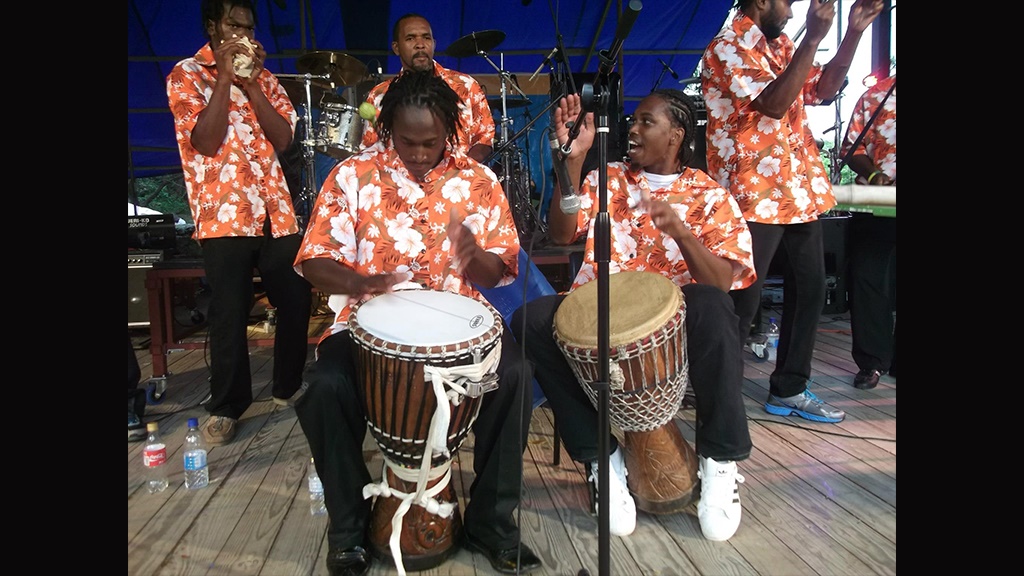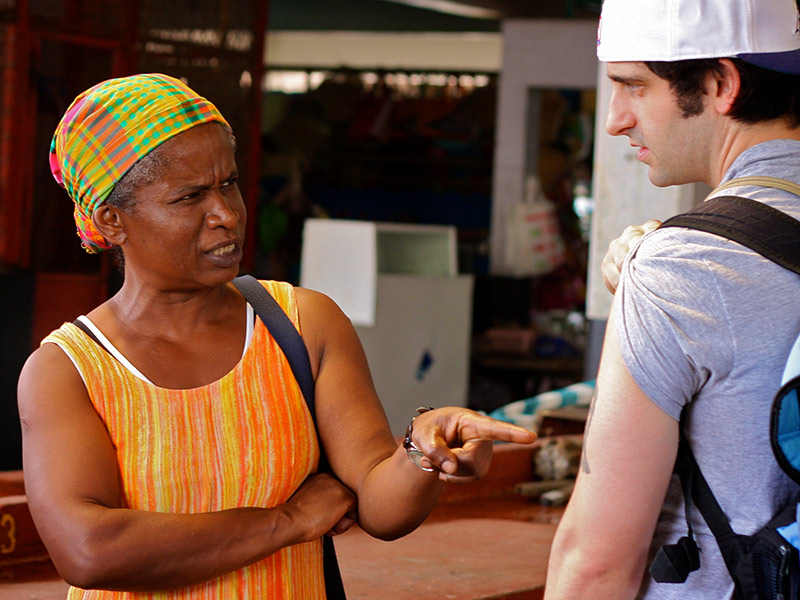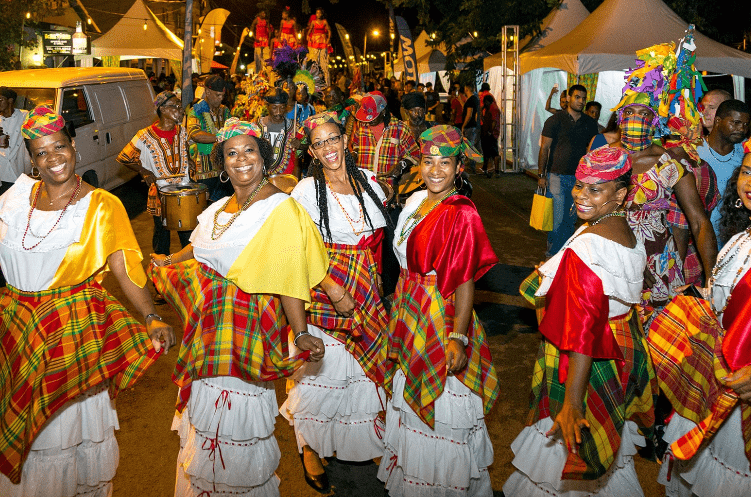Saint Lucia’s culture is a colorful amalgamation of African, East Indian, French, and British influences, reflecting its storied past. The resulting local Creole heritage, known as Kwéyòl, permeates through its delectable cuisine, music, and annual celebrations this article will dive into some of the key influences, and the resulting Creole culture
The African Influence:
The strongest and most profound cultural imprint has been left by the African descendants brought to the island in the transatlantic slave trade era. African heritage lives on through pulsating rhythms, dance, and the profound spirituality found in Saint Lucia. Central to the Saint Lucian way of life is the African-inspired lively sounds of calypso, soca, and reggae music that fill the air and move people to dance.

The Indian Contribution:
The Indian influence in Saint Lucia, was initially brought by the Indian laborers during the colonial era, and is particularly evident in the island’s dishes. Spices like turmeric, cumin, and coriander, essential to Indian cuisine, have been artfully incorporated into the local fare, giving rise to delectable Creole dishes like curry and roti that represent a fusion of the various cultures.

The French Legacy:
French colonial rule, which competed alternately with the British for control of Saint Lucia, left its mark on architecture and language. Although English remains the official language, a significant portion of Saint Lucians speak French Creole (Kwéyòl), due to the strong French influence. This lyrical language, full of idiomatic expressions and a certain musicality, was derived by slaves working the plantations, as a way to speak with one another in a way the plantation owners may not understand. On top of the spoken language, you will notice many places through out the island having french names. For example many of the bays are names made including “Anse La” such as Anse La Raye. Anse La translates to “The Bay of”. In our example, Anse La Raye is translated to The Bay of Rays, and was named that due to the large population of Rays found in the waters there prior to reduced population because of fishing.

The British Heritage:
The final touches on Saint Lucia’s cultural mosaic come from its British colonial past, most evident in the island’s governmental and educational systems that mirror that of the United Kingdom. English being the official language facilitates global commerce and international relations, while traditional British sports like cricket and football ignite passion across the island, bringing communities together to cheer on their favorite teams.
Kwéyòl — The Heart of Saint Lucia:
The resulting history and influences has resulted in a culture known as Kwéyòl, or Saint Lucian Creole. It bridges the past and present, symbolizing the islanders’ determination to preserve their unique identity. Born out of the mixture of African languages with French and English, Kwéyòl is more than just a linguistic curiosity; it is the lyrical expression of Saint Lucia’s multifaceted soul, a defining characteristic of the island’s cultural identity.
Every year, La Woz and La Magwit (the Rose and Marguerite flower societies) bloom in a friendly rivalry that showcases a unique aspect of Saint Lucian folklore, with origins in the cultural practices from both Africa and Europe. The highlight of the island’s commitment to its Creole heritage is Jounen Kwéyòl, a cultural event where the entire island erupts in a celebration of Creole food, music, dress, and traditions. These festivities display how Kwéyòl has become the Saint Lucian cultural expression.

The island of Saint Lucia stands as a proud bearer of a multifaceted heritage that comes alive through its enduring traditions, language, and art forms. The mingling of African, Indian, French, and British influences have created a dynamic society that is resilient and adaptive, yet always faithful to the deep roots that ground its unique cultural identity. Celebrated through the melodious Kwéyòl language, the culture and heritage of Saint Lucia continue to be an invaluable source of national pride, unity, and an enduring attraction for visitors from all over the globe seeking to experience the vibrant spirit of this exceptional island.





